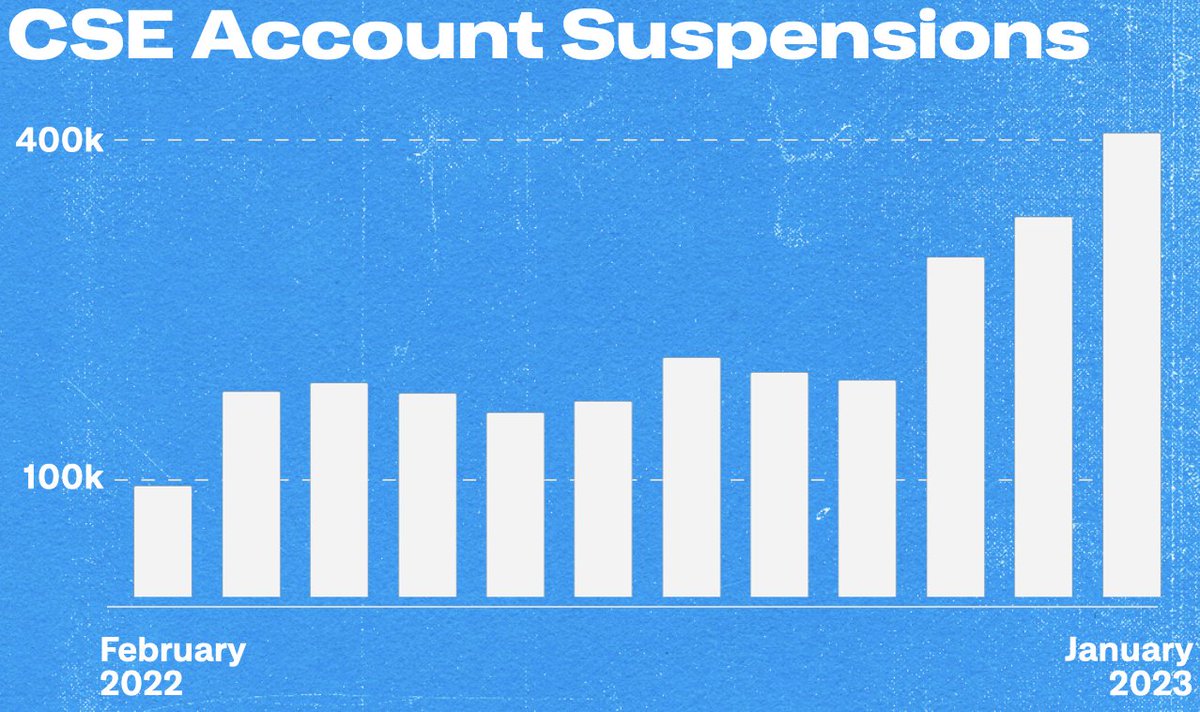Today we’re recognizing #SaferInternetDay and encouraging conversations around a healthy, safe, and open internet.
This month, we're leading education workshops for youth and families, amplifying our partners' campaigns, and working with safety industry leaders around the world.
Learn more about the organizations we’re working with in our blog
blog.twitter.com/en_us/topics/e…
Learn more about the organizations we’re working with in our blog
blog.twitter.com/en_us/topics/e…
To support #SaferInternetDay, here are a few ways to control your own experience on Twitter.
For words or topics you don’t want to see, go to Settings and mute them.
For words or topics you don’t want to see, go to Settings and mute them.
Choose who views your Tweets. Block an account so they can’t see your Tweets or DM you.
We use technology to detect Tweets that may break our rules, so we can review them faster and you won’t have to report them.
But if you see something before we do, please report it.
But if you see something before we do, please report it.
We know that it’s critical to work with both you and our partners in shaping new policies.
We recently used your feedback to develop a rule on synthetic and manipulated media. Starting March 5, we will label Tweets with deceptively altered media to provide context.
We recently used your feedback to develop a rule on synthetic and manipulated media. Starting March 5, we will label Tweets with deceptively altered media to provide context.
Throughout 2020, we will continue supporting our safety partners and working openly with you to make Twitter a safer place for conversations. #SaferInternetDay
For more safety tips 👇
help.twitter.com/en/a-safer-twi…
For more safety tips 👇
help.twitter.com/en/a-safer-twi…
• • •
Missing some Tweet in this thread? You can try to
force a refresh





